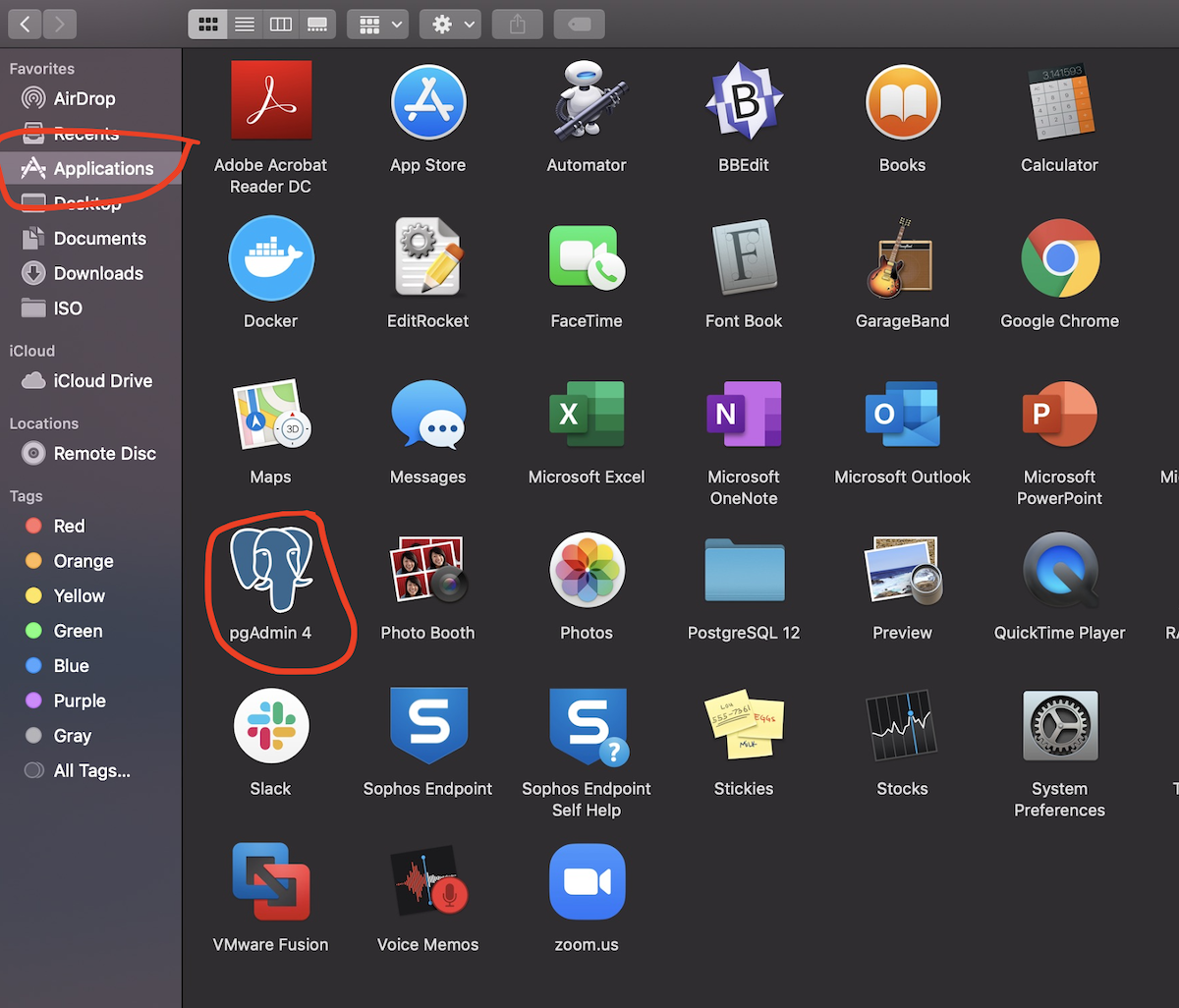


If the is the database instance you will want to set this to 127.0.0.1 (so it refers to itself). The hostname or IP address of the database instance that you are tunneling to. If you have a PostgreSQL installation on your local machine, it runs on port 5432 by default therefore, don’t use 5432 for the local port. If you have a MySQL installation on your local machine, it runs on port 3306 by default therefore, don’t use 3306 for the local port. The local port your database tool connects to. The syntax for creating the SSH tunnel is ssh -L :: host] Set-up SSH Keysīefore you can set up your SSH tunnel, you need to ensure that you have configured and installed SSH keys on your running environment. See MySQL Workbench for more information. Use MySQL Workbench to connect to MySQL ServerĪs an alternative to setting up an SSH tunnel manually, you can use MySQL Workbench to connect to a MySQL Server using TCP/IP over an SSH connection. The added benefit of this setup is that the communications between your local machine and the remote host is encrypted by the SSH connection.

When these ports are linked, anything communicated to the local port is passed through SSH to the remote port likewise, any communication to the remote port is passed back through SSH to the local port.

Create a SSH tunnel in the background with a custom Chef recipeĪn SSH tunnel links a port on your local machine to a port on a remote host.You can also use SSH tunnels to set up offsite replication. However, it means that to access your database from an external database tool, such as pgAdmin, MySQL Workbench, or SQLyog, you need to create an SSH tunnel to your database host/instance.įor example, you want to run pgAdmin or MySQL Workbench on your laptop and you want to use this tool to examine your application database: You create an SSH tunnel from your laptop (the local) to your database instance (the remote) on Engine Yard Cloud.
#Pgadmin 4 connect to remote server Patch
This is a good thing because a database cannot reliably maintain the security and patch levels like SSH can. 3 fields are mandatory in this tab: Tunnel host, Username and Identity file.Your database instance is not directly accessible from outside the environment. First, use the toggle buttons to set “Use ssh tunneling” to Yes and “Authentication” to Identity file. The last step is the configuration of the SSH Tunnel tab. In this case you can leave it blank in pgAdmin.Ĭlose your remote connection to platform.sh by pressing CTRL + D. You can now fill in the 4 fields ( Host name/address, Port, Username and Password) of the Connection tab. The output of the above command will look something like this: You are looking for the service named database. It will print the basic configuration information of the services running on your server in your terminal. Once connected to your remote server, you can run this command: $ echo $PLATFORM_RELATIONSHIPS | base64 -decode | json_pp In order to fill in the Connection tab, you need first to connect to your sever via ssh by running the following command in your terminal: $ platform ssh If you do, you can go to the next step “ Tab 3: SSH Tunnel”.
#Pgadmin 4 connect to remote server how to
Let’s see now how to gather all those information in case you don’t have them at your disposal. Tab 2: Connection | Fill in your connection information


 0 kommentar(er)
0 kommentar(er)
